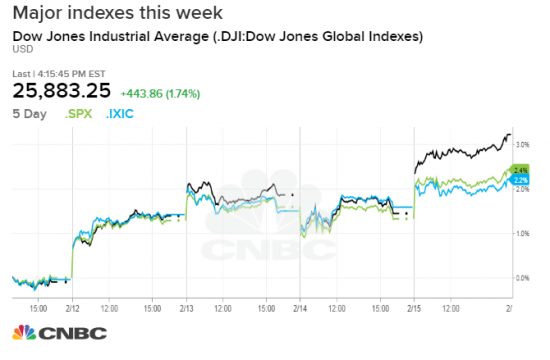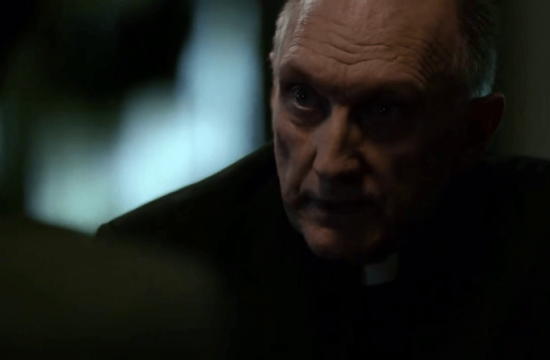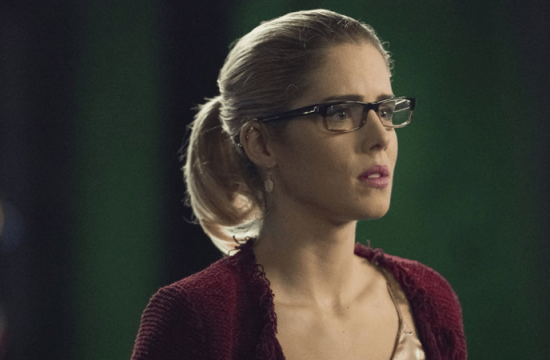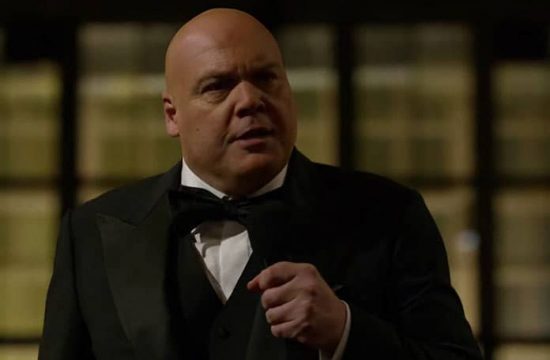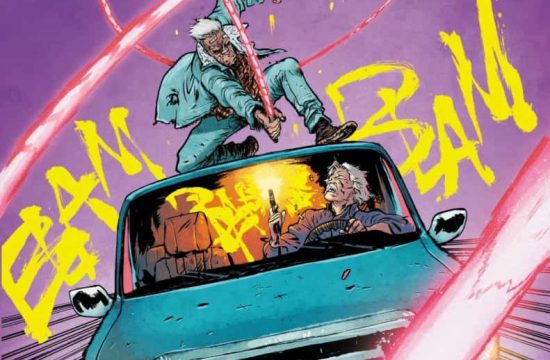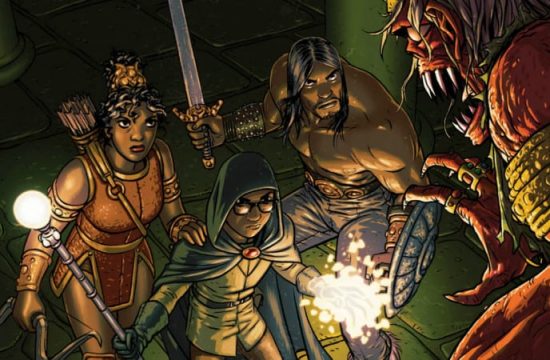Well, we’ve reached the end of our dark road of blobs, laughs, and commentary. Halloween is here, and that means it’s time to close the lid on THE UNSEEN HORROR. Before we do that though, let’s take a look a special Halloween film. Fans of its title series consider it an anomaly. And it was always intended to be. Today, we examine HALLOWEEN III: SEASON OF THE WITCH.
The Plot
HALLOWEEN III: SEASON OF THE WITCH focuses not on the series’ signature slasher Michael Myers, but on a novelty company. The Silver Shamrock Company is producing a trio of Halloween masks for the season, but one of their models turns up in a suicide. Dr. Dan Challis and the victim’s daughter Ellie investigate the company, which is the lifeblood of the town of Santa Mira.
Challis and Ellie find the masks have odd microchips in them and eventually discover the plan of SSC’s founder Conal Cochran. Cochran plans to use the masks to return to the original witchcraft of Halloween. The masks’ microchips contain a stone piece from Stonehenge. This chip contains mystic energy that will murder children on Halloween night when they hear a special commercial. Challis and Ellie must stop Cochran, but the stakes are higher then they know.
A Break From Tradition
HALLOWEEN III: SEASON OF THE WITCH was the last film involving series creators/producers John Carpenter and Debra Hill. Both had expressed reluctance on doing a third HALLOWEEN. They agreed only if Michael Myers was removed. They produced the film, and Nigel Kneale wrote the screenplay. Kneale intending to use the film as a setup to an anthology series of films, dealing with different aspects of Halloween.

The film garnered $14,000,000 at the box office but was the poorest grossing HALLOWEEN in the series. Critics ravaged it, with Roger Ebert calling it ‘a low-rent thriller’. Fans expressed confusion over Myers’ absence. The film was labeled a disappointment. HALLOWEEN 4 brought back Myers years later. However, years later, how does the third film stand up on its own merits?
A Return To The Roots
The idea of a Halloween anthology series was a sound one in principle, and HALLOWEEN III does work in that regard. The Halloween masks are a staple of the season and give the movie an iconic look. However, Cochran provides a look at the very core of the holiday itself.

Halloween was born of the Celtic holiday Samhaim, which happened at the end of the harvest. The Celts believed that it was a time of thinness between the lands of the living and the dead when spirits could walk the Earth. This led to some rituals still seen in Halloween (wearing masks, giving out food, and playing pranks), but also had darker implications. People performed animal sacrifices at times. Evil spirits could emerge as well as good ones.
Halloween takes some of those influences, but the sinister nature of the holiday has been abandoned for a more commercial, child-friendly day. Cochran’s role takes on new significance because of this. He acts as the ‘witch’ of the title. Cochran practices the Celtic rituals. He shows anger by how they’ve been corrupted by modern times. As a result, he plans to bring them back by using the images of the modern holiday. The movie takes a shot at the commercialization of a holiday (which is usually reserved for Christmas). That’s certainly a more unique premise then Michael Myers waving a knife again.
Telling A Story
The premise of HALLOWEEN III: SEASON OF THE WITCH may be solid, but it falls flat without good story and acting. Thankfully, the film generally delivers that. There’s a great air of mystery about the masks that builds over time. The film establishes their popularity and the catchy jingle that will awaken their evil properties. This lets the film draw viewers in, making them wonder and question as the film carefully reveals answers. And when they do, it’s quite effective.
The actors involved do help the story as well. Horror movie vet Tom Atkins delivers his usual solid work as Dr. Challis, and Irish actor Dan O’Herlihy is clearly enjoying the role of Cochran. They are gripping enough to help the film’s weaker points (like Cochran’s android soldiers) and help the viewer stay invested. The final scene of Challis screaming at TV stations to remove the commercial is a particular nail-biter, largely due to Atkins’ performance.
And while some have argued that the purpose of the masks is a flaw, it’s worth remembering that Cochran just intended a dark prank, and that he does turn a symbol of his corrupted holiday to his desires.
HALLOWEEN III: SEASON OF THE WITCH Is A Season All Its Own
HALLOWEEN III: SEASON OF THE WITCH suffered by not being a Michael Myers vehicle. However, it’s arguably the most creative HALLOWEEN film, given how formulaic the series became. It moves back to the roots of the holiday while taking a stab at its commercialization. So forget Michael Myers, and judge this film as its own entity. Personally, I even think of it as just SEASON OF THE WITCH.
And with that, we end another year of the Unseen Horror. Don’t worry though, there’s plenty of unknown classics to explore on your own until next time. Happy Halloween, and keep watching!
Now to sleep… damn, this coffin stinks…


